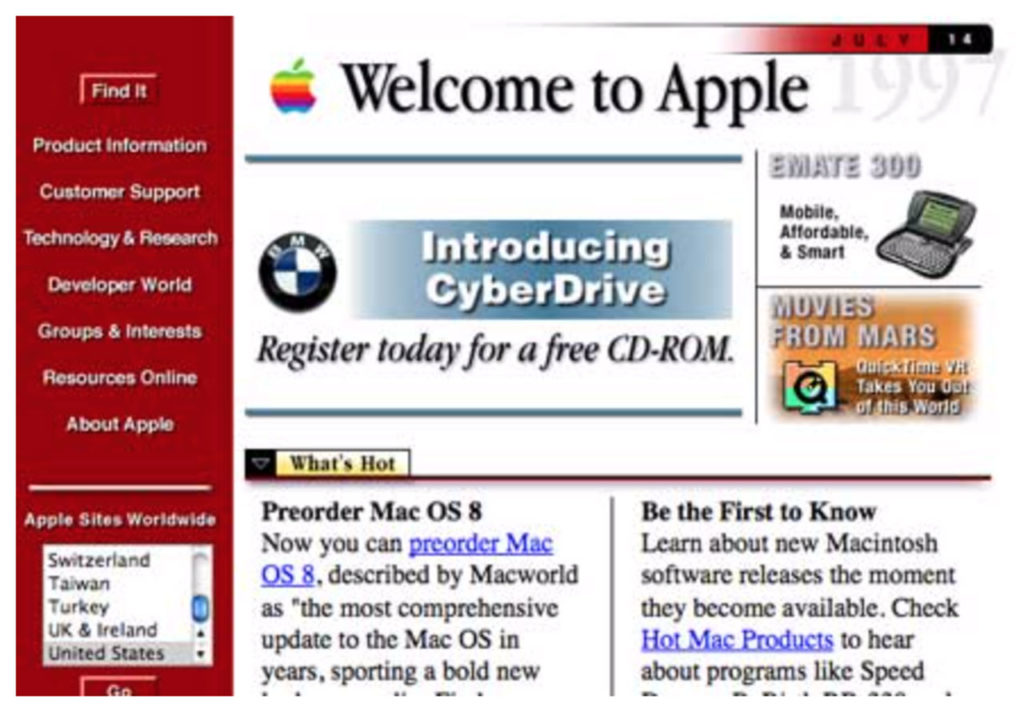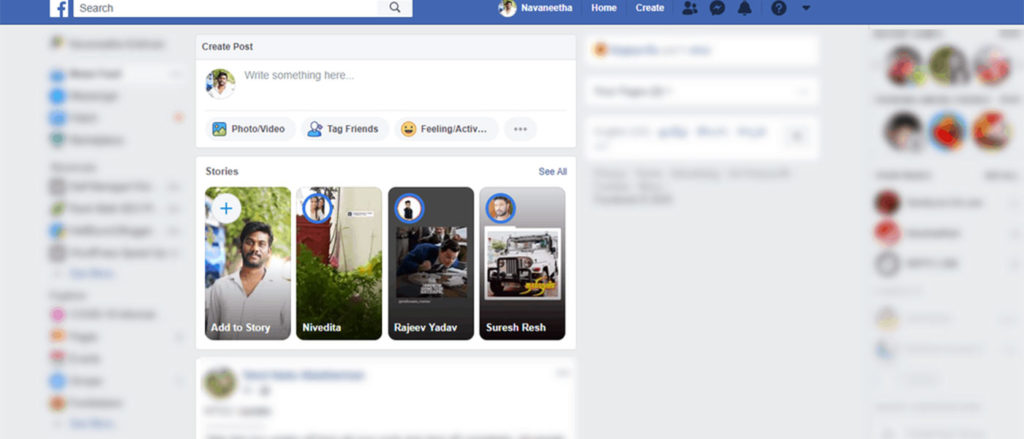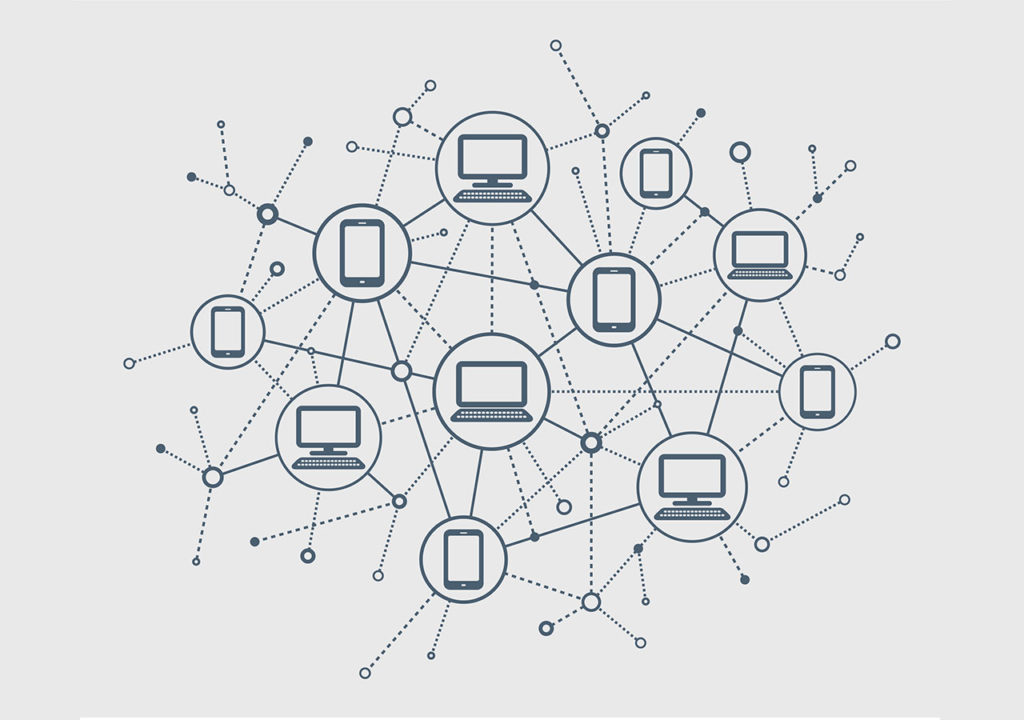For this edition, we discuss the latest iteration of the internet, Web 3.0 and what it means for businesses, consumers and brands.
If you’ve been keeping an eye on the blockchain, metaverse and all things NFTs (as per our recent article here) then you’ve likely heard of Web 3.0. If you haven’t, or you’re still trying to wrap your head around it, let us break it down for you here, including what it means for the marketing and business world.
To put it simply, Web 3.0 has the potential to revolutionise the internet. It’s goal is to create more connected, intelligent and open websites for its users. With its creation, companies will be able to offer more tailored services and products to their target audience with greater marketing personalisation, and creators will be able to be paid for their content.
For years businesses, entrepreneurs and tech-savvy users have been trying to identify the ‘next big thing’ in technology. But what if it is actually still the internet, just upgraded?


Web 1.0 – The static web
When the internet was first developed, it was largely decentralised and built on open protocols such as HTTP. Users could search and consume content via the web for the first time and businesses could establish a digital presence and advertise to potential customers with convenience. However, building on Web 1.0 required technical skills and it was hard to attract an audience. Experts referred to it as “read only” as users could only rarely interact with the content they consumed.


Tumblr was considered “a petri dish of internet quirkiness.”
Kyle Chayka, The New Yorker
Web 2.0 – The interactive web
The creation of Web 2.0 meant users could now interact with content posted online and signalled the beginning of the ‘creator economy’. Technology giants such as Facebook and Google solved many of the downsides of Web 1.0 by allowing users to share photos and files, message friends and colleagues, search the web for just about anything and create their own content and websites. On top of all that – users could earn a living from their creative online efforts!
However, as billions of people across the globe gained access to such incredible technology, data and privacy issues became an increasing concern. Corporations built up giant collections of user data to sell or use to promote their own business interests. This concentration of data has led to many sizable data breaches and has increased the risk of data theft for users around the world. While users were once happy to exchange their data for access to certain online services and sites, for many, the fallout from breaches such as Cambridge Analytica have taken their toll.


Web 3.0 – The future web
Entrepreneurs and tech-savvy users around the world are flocking to cryptocurrency, the metaverse, NFTs and building the third iteration of the internet – Web 3.0. The future web rejects the centralised nature of Web 2.0 and offers a web of open protocols and applications owned by their builders and users.
Whilst companies such as Google escalated the capabilities of Web 2.0, they also created market control and reaped significant financial rewards. Web 3.0 aims to shift these rewards to the people who create and offer the most value – the users themselves.
“Web 3.0’s decentralised blockchain protocol will enable individuals to connect to an internet where they can own and be properly compensated for their time and data”
Forbes, What is Web 3.0
Web 3.0 is characterised by creating a virtual world within the internet through things such as online shopping malls which allow users to buy products and interact with others virtually. As the number of internet-connected devices increases every day (due to the Internet of Things), Web 3.0 is also accessible by everyone, across every device and every application.
So, what are the benefits?
With Web 3.0, data and user information is protected from breaches or hacking because it is built on secure, decentralised blockchain technology. This means data is spread across a wide network of nodes so no server contains all the data and no one entity has control.
It’s also expected to offer more transparency and boasts massive amounts of content that will be accessible to all users. It will also be more user-specific, and offer greater control to users in regards to their own data as they can decide if they want to sell information about their web usage or remain anonymous.
Of course, one of the main benefits of Web 3.0 is the ability for creators to be paid for their content. Creators currently give away their content for free, on platforms such as TikTok or YouTube – maybe making some money from advertisers on the way, if they’re lucky. But if you think about it, platforms such as these would be bankrupt if it wasn’t for the free content supplied by their users. With Web 3.0, because users will own the platforms and software, creators will be able to take a share of the revenue generated from their content.
While some platforms are taking longer to adopt features of Web3, Twitter CEO Jack Dorsey has publicly announced he will decentralise the platform and turn it into a Web 3.0 product. Via Twitter you can now transfer cryptocurrencies and can pay monthly subscriptions to content creators in order to access subscriber-only content. Twitter also recently introduced ‘Tips’ which allows users to pay Twitter creators via cryptocurrencies, to show their support, help out or reward them for providing entertaining content or opinions.
Sites such as Bitclout and Mirror.xyz are also taking steps to decentralise social media and enable paid content creation for users. Mirror.xyz, for instance, allows your content to become an NFT, meaning you can sell your content, ask your audience to invest in your work, or charge a subscription to access your work. It also has the added benefit of registering your work on the blockchain with you listed as the creator.
Another benefit of Web 3.0 is the removal of required permissions to access online platforms or services. Currently, tech giants control how we use the internet as users must provide personal data to sign up to various online platforms. With 3.0, you’ll be able to join any network without permission so you don’t need to compromise your privacy.
And if you’re wondering whether this concept is a new thing – it’s not, really. The original creator of the web, Tim Berners-Lee proposed a version of the internet back in 1991 with characteristics very similar to Web 3.0: Decentralisation, Permissionless and Secure.

So what does this mean for businesses and the future of marketing?
Semantic Web – Semantic web uses AI-powered algorithms to describe your content and make it easier for audiences to find your business. It provides a framework for information to be shared among various communities and programs, with algorithms able to “read” webpages. Essentially, machines will process content in a humanlike way to recommend tailored content to users. In terms of marketing, this enables brands to publish content that matches user intent, rather than following traditional SEO practices such as adding keywords to make it onto the first page of Google and be discovered by your audience.
“The Semantic Web is not a separate web, but an extension of the current one, in which information is given well-defined meaning, better-enabling computers and people to work in cooperation” – Tim Berners-Lee.
Personalisation – Web 3.0 also provides a wide range of advertising opportunities for brands, with a myriad of new information available. The advanced user experience capabilities will allow marketers to explore a new world of innovation in terms of marketing, with the ability to deliver more targeted ads to consumers.
Guaranteed data safety – As people become increasingly concerned about the safety of their online information, Web 3.0 can help businesses store their customers’ data safely and avoid breaches.
“If the trend of change is traced from Web 1.0, a static information provider where people read websites but rarely interacted with them, to Web 2.0, an interactive and social web enabling collaboration between users, then it can be assumed that Web 3.0 will change both how websites are made and how people interact with them.” – WhatIs.com, Web 3.0.
Understanding the significance of Web 3.0 is crucial for businesses, entrepreneurs and marketers alike. With its creation, companies will be able to operate freely, increase scalability and provide a better user experience with greater privacy protection, and creators will be able to profit from their online efforts.
So, how will you embrace the newest iteration of the web?
Source:
The Sydney Morning Herald, ‘The Next Big Thing in computing: Why you should care about Web 3.0, 2021.

